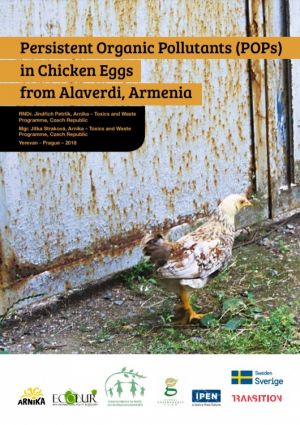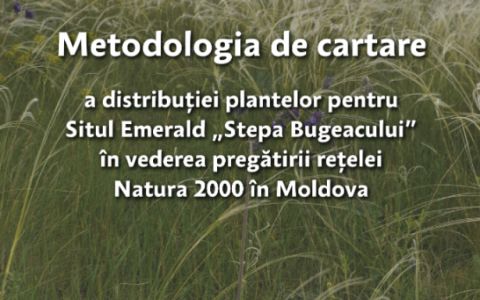In this study, we present the monitoring of free-range hens' eggs from Alaverdi, and the north of Armenia, close to the border of Georgia, which was considered to be potentially contaminated by persistent organic pollutants (POPs).
Introduction
Free-range hens' eggs were used for monitoring levels of contamination by POPs in various previous studies [1-6]. Eggs have been found to be sensitive indicators of POP contamination in soils or dust and are a significant exposure pathway from soil pollution to humans. Eggs from contaminated areas can lead to exposure, which exceeds thresholds for the protection of human health [7-9]. Hens and their eggs can, therefore, be ideal "active samplers": by POPs, PCDD/Fs and PCBs. On the basis of this assumption, http://english.arnika.org/armenia , http://www.awhhe.am/ , https://www.ecolur.org/. ).
The data and analysis of free-range hens' eggs discussed in this report were obtained during the field visits in July of 2018 and the result of the above-mentioned joint project of Armenian and Czech NGOs. A general description of the samples and the locality were taken in Chapter 2.







